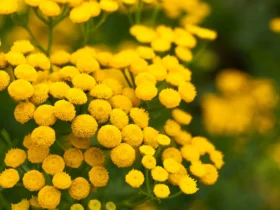Chrysanthemums, often referred to as mums or chrysanths, are iconic and beloved flowers that bring vibrant colors and a touch of elegance to gardens, floral arrangements, and cultural traditions around the world. As the quintessential autumn flower, chrysanthemums symbolize beauty, longevity, and joy. In this article, we will explore the fascinating world of chrysanthemums, discovering their rich history, diverse varieties, cultural significance, and cultivation tips.
Chrysanthemum images

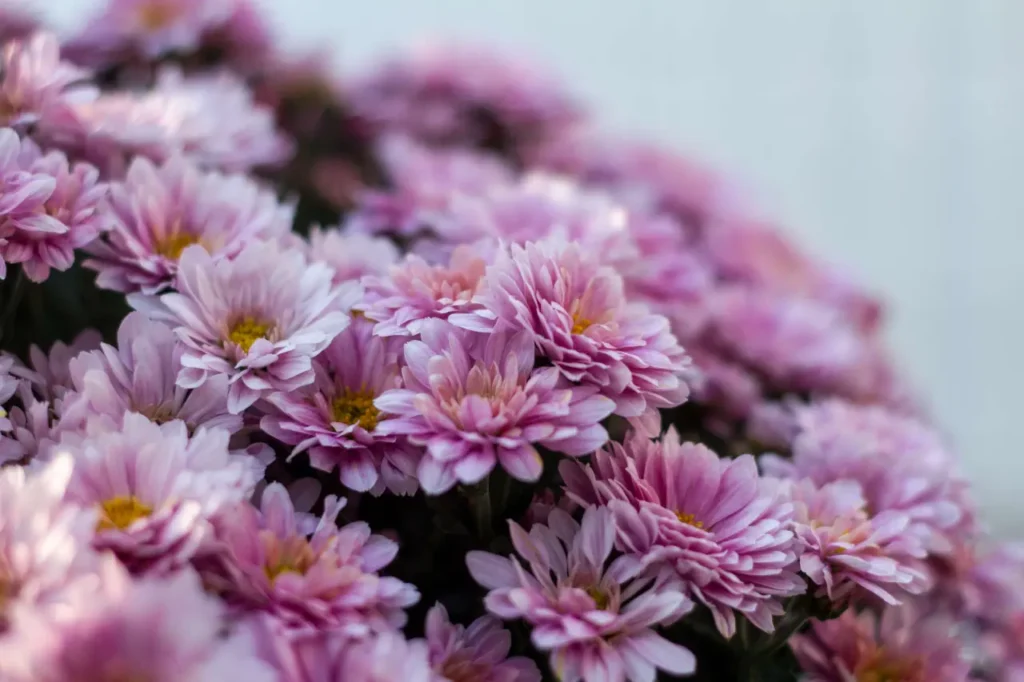
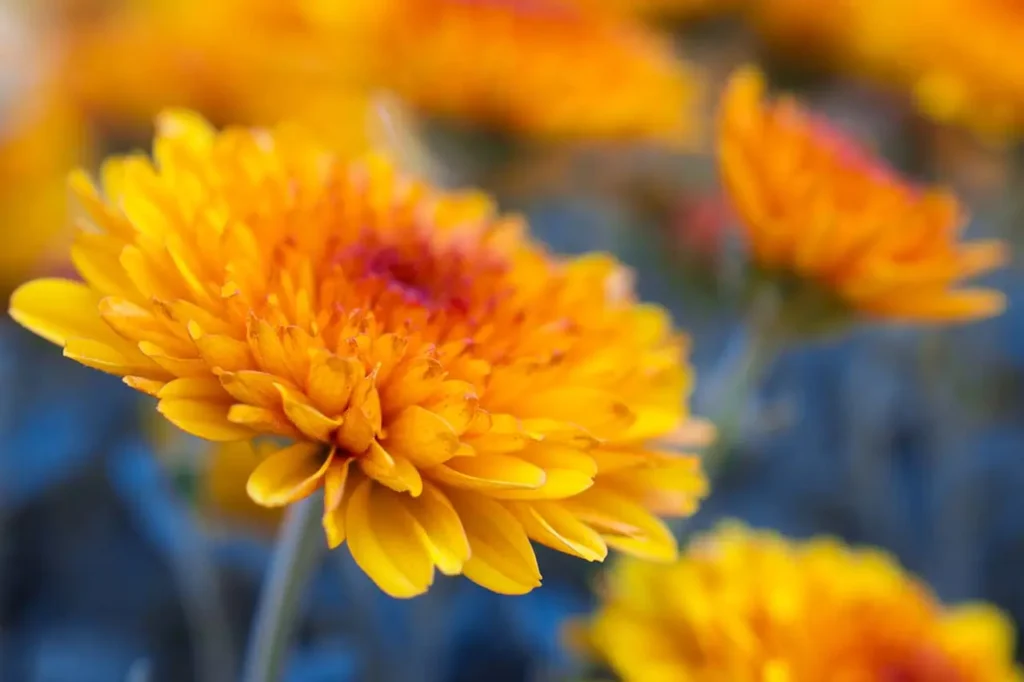
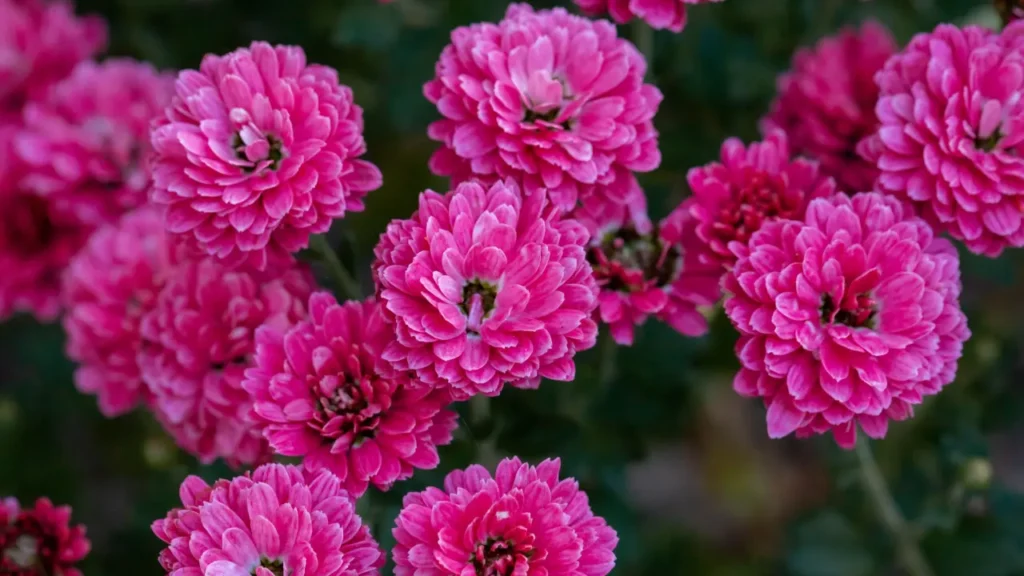
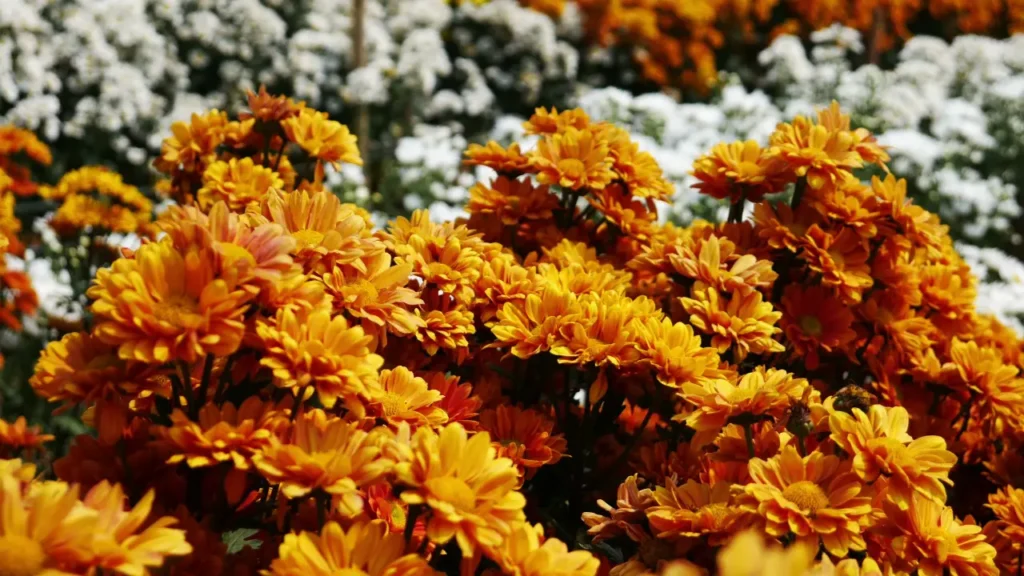
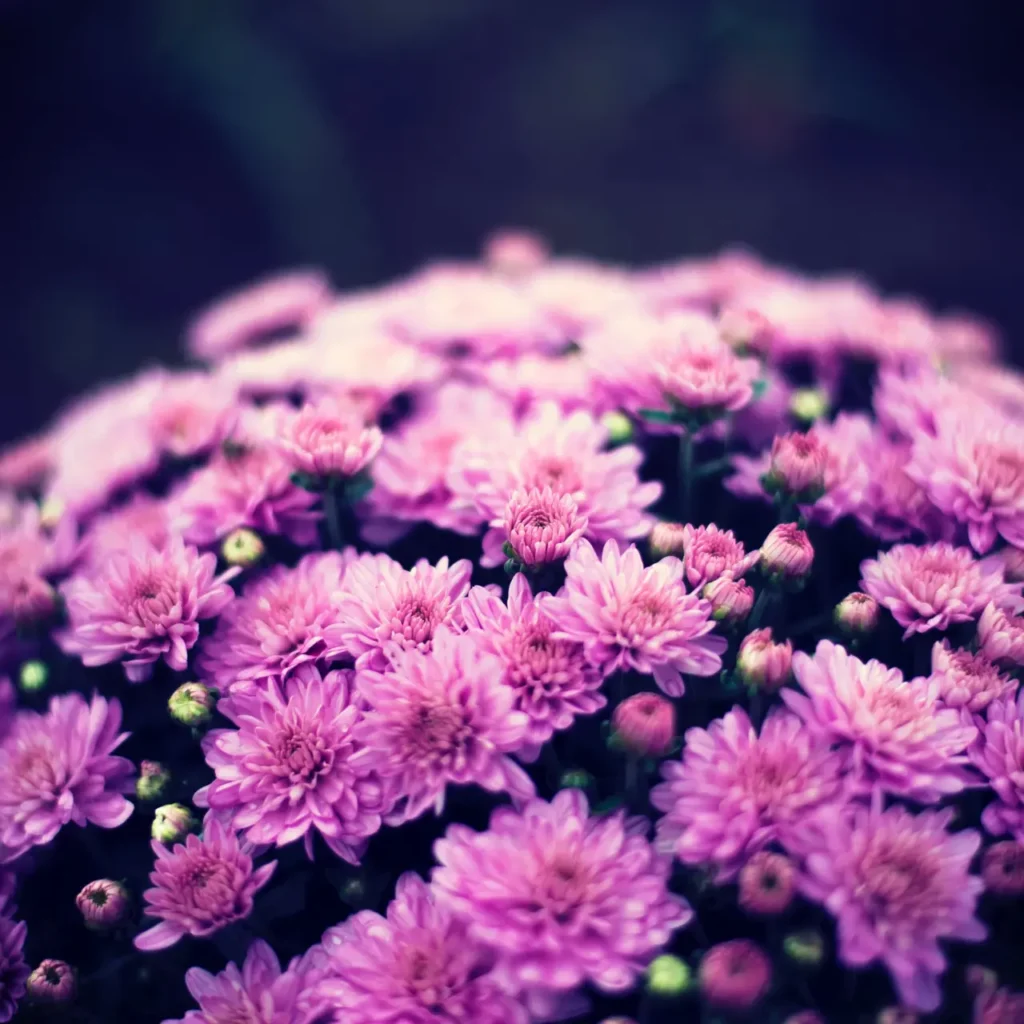
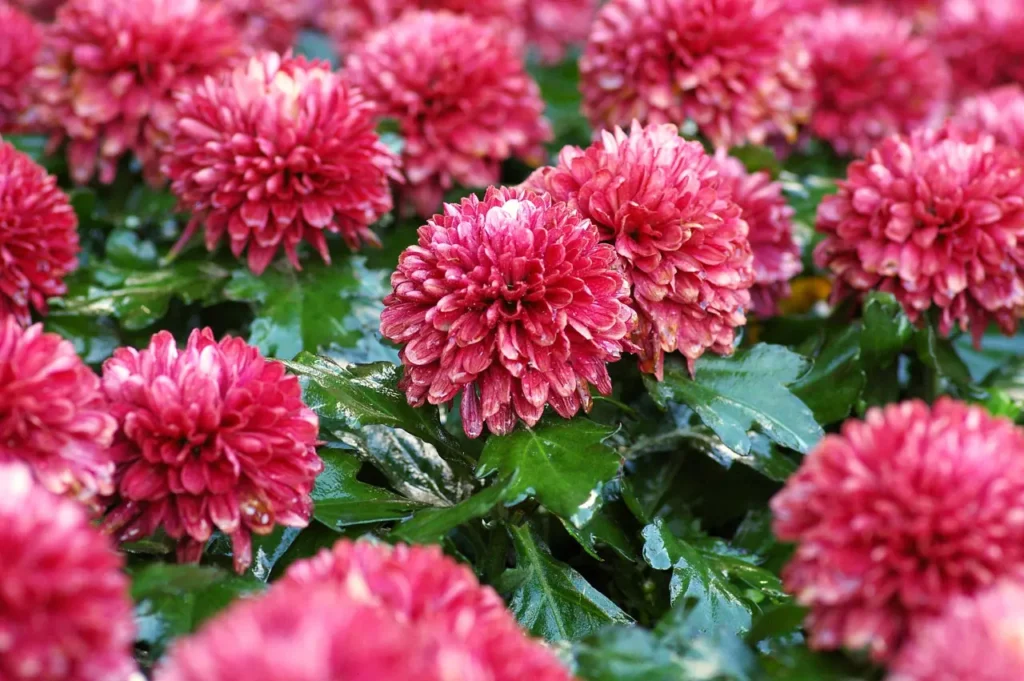
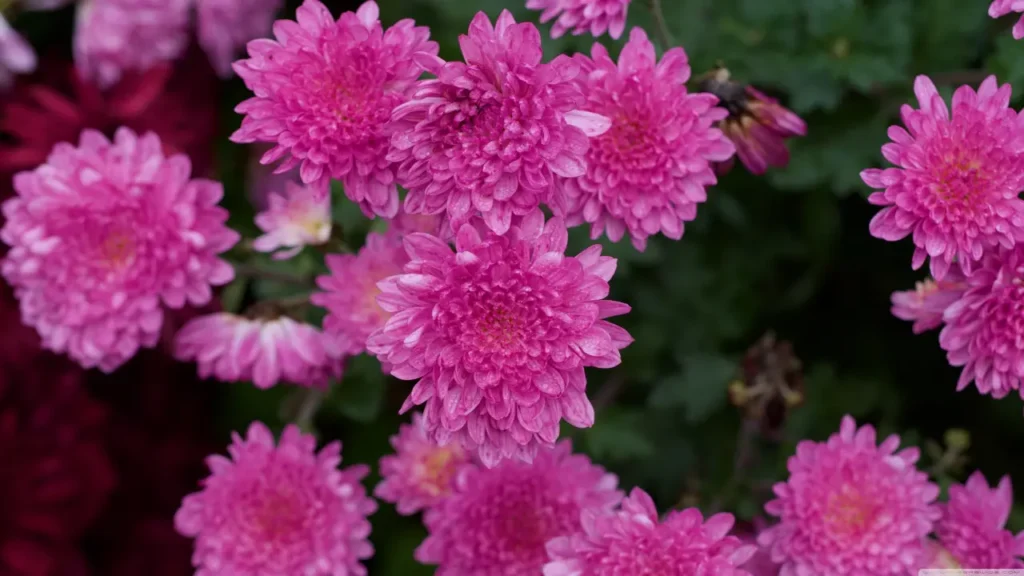
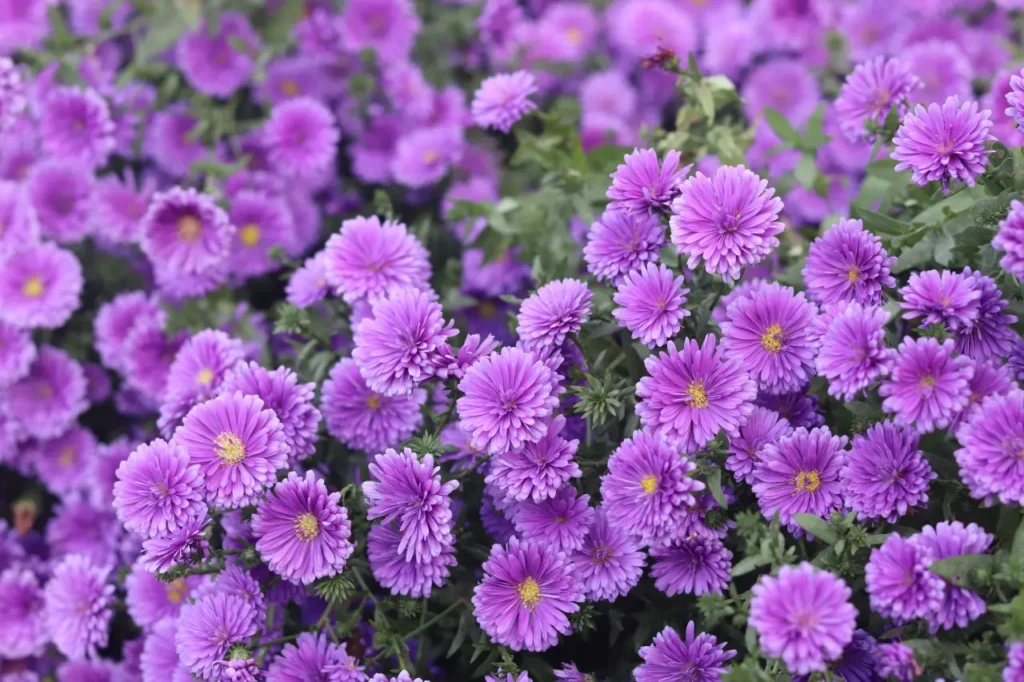
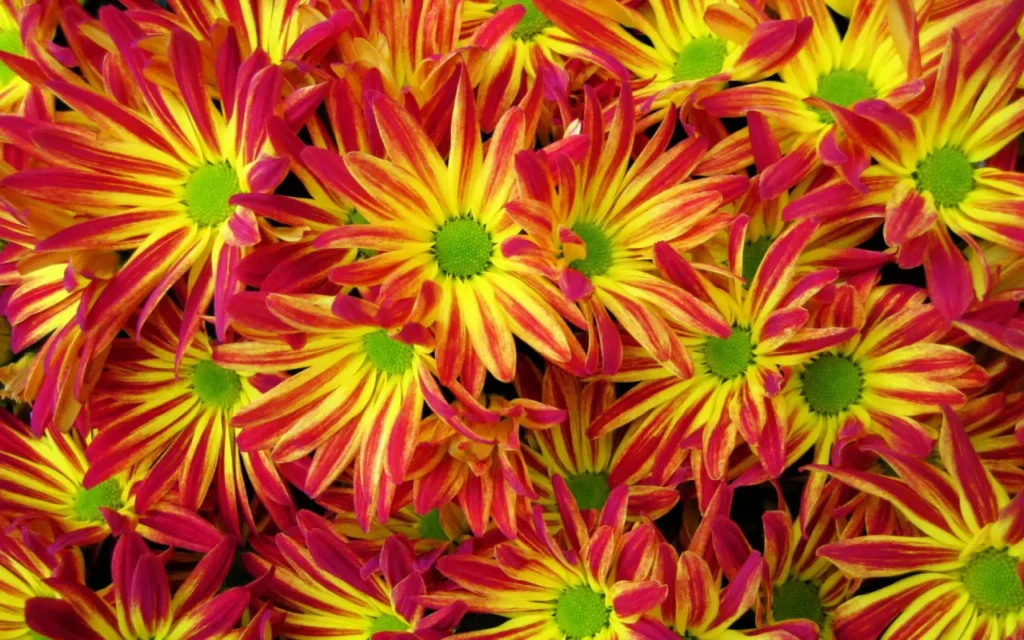
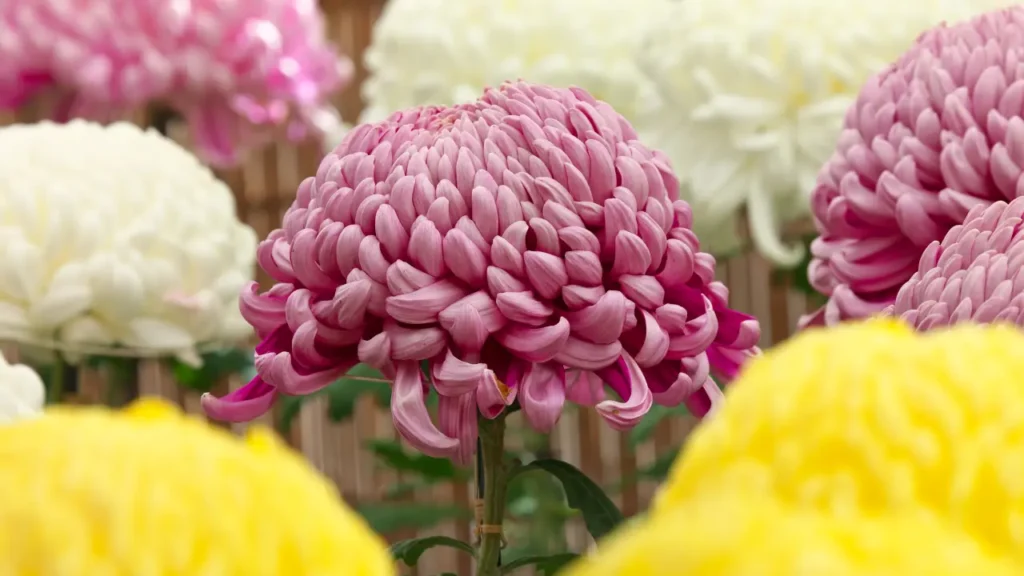



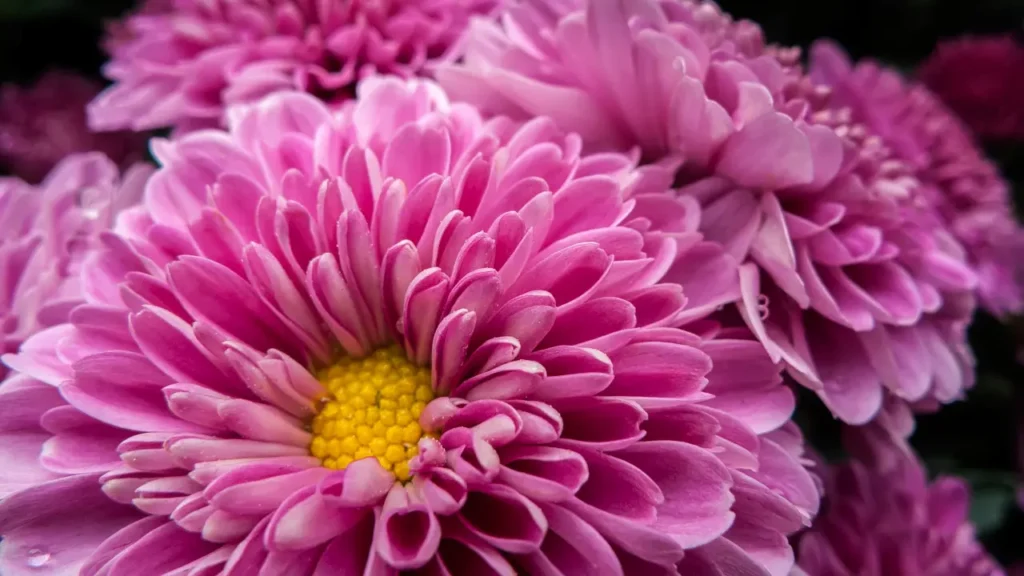

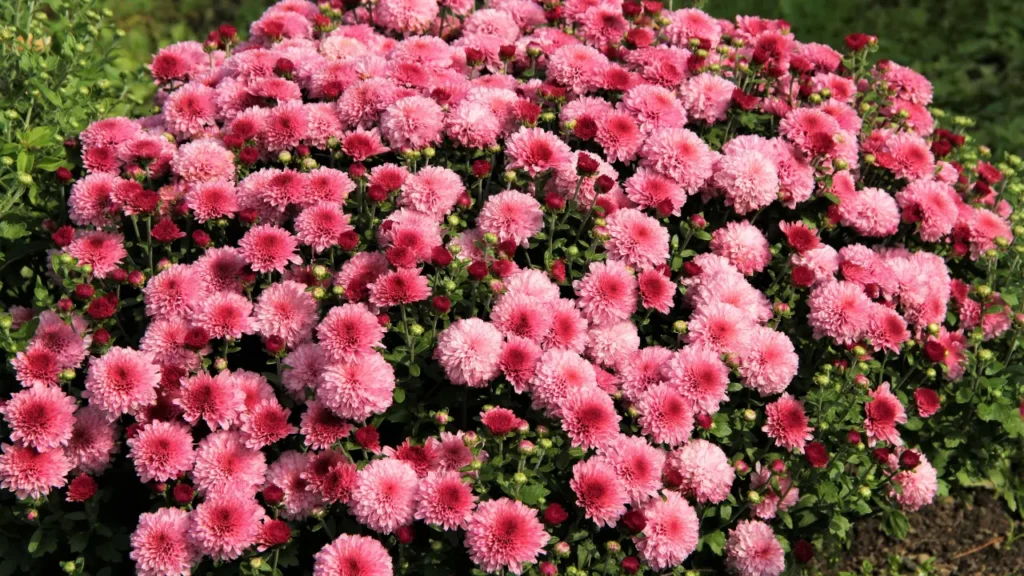
History and Cultural Significance
Chrysanthemums have a storied history that spans centuries and are deeply rooted in various cultures. Originating in East Asia, particularly in China and Japan, chrysanthemums hold significant symbolism and play an integral role in autumn festivals and celebrations.
In China, chrysanthemums are considered symbols of nobility and perfection. They are highly revered and associated with longevity, happiness, and good fortune. In Japan, the chrysanthemum is the national flower and represents the imperial family. It is a symbol of the sun, the essence of perfection, and is prominently featured in the country’s art, textiles, and festivals.
Appearance and Varieties
Chrysanthemums come in an astonishing array of colors, shapes, and sizes. They can be found in shades of white, yellow, orange, red, pink, purple, and bronze. The flower heads vary from daisy-like with a prominent center disc to pompom-shaped, quilled, or spider-like forms. The petals may be single, semi-double, or fully double, adding to the flower’s versatility and visual appeal.
Common varieties of chrysanthemums include the Button mum, Daisy mum, Spider mum, Pompon mum, and Cushion mum. Each variety showcases its unique characteristics, adding diversity and splendor to gardens and floral arrangements.
Cultivation and Care
Chrysanthemums are typically cultivated as perennials, although they are often grown as annuals in colder regions. They thrive in full sun or partial shade and prefer well-draining soil enriched with organic matter. Planting chrysanthemums in the spring allows them to establish roots before the flowering season in the fall.
Regular watering, especially during dry periods, is essential to keep chrysanthemums healthy and vibrant. Adequate spacing between plants ensures good air circulation and helps prevent diseases. Pinching back the stems in early summer encourages bushier growth and more abundant blooms.
Cultural and Symbolic Significance
Chrysanthemums hold immense cultural significance in many countries. In addition to their association with nobility and perfection, they are often used in festivals, religious ceremonies, and traditional celebrations.
In Japan, the Festival of Happiness, also known as the Chrysanthemum Festival, takes place each autumn. It is a time when chrysanthemums are prominently displayed in homes, public spaces, and at shrines to honor ancestors and celebrate the beauty of the season. In other cultures, chrysanthemums are used to commemorate loved ones, particularly during the Day of the Dead celebrations in Mexico.
Chrysanthemums, with their vibrant colors, diverse forms, and rich symbolism, are a beloved flower that captures the essence of autumn. From their origins in East Asia to their widespread popularity around the world, chrysanthemums have earned their place as the Queen of Autumn Flowers. Whether adorning gardens, bouquets, or cultural festivities, these resilient and exquisite flowers continue to inspire and bring joy to people’s lives. With their striking beauty and cultural significance, chrysanthemums remind us to embrace the changing seasons and cherish the fleeting moments of nature’s splendor.
